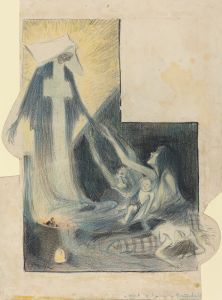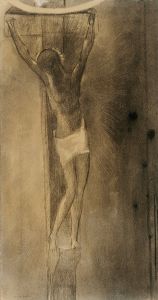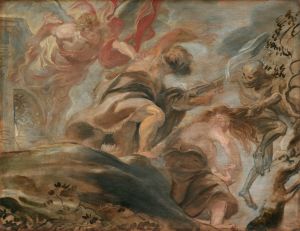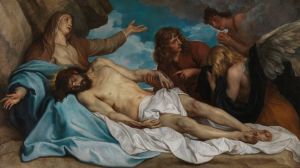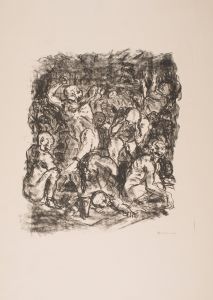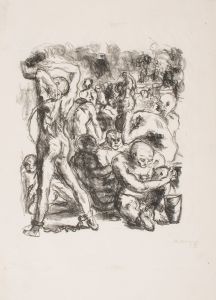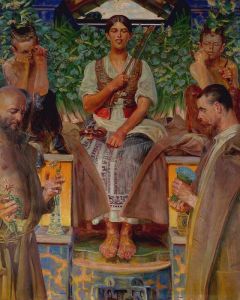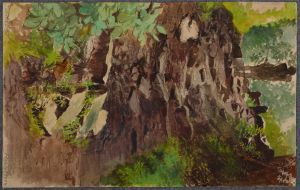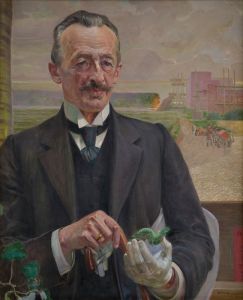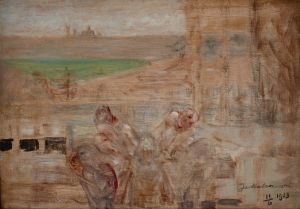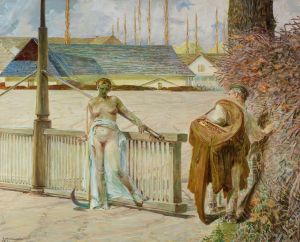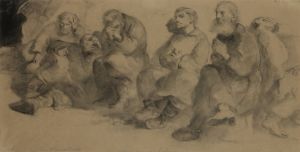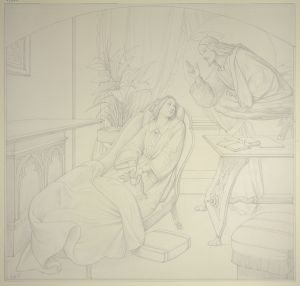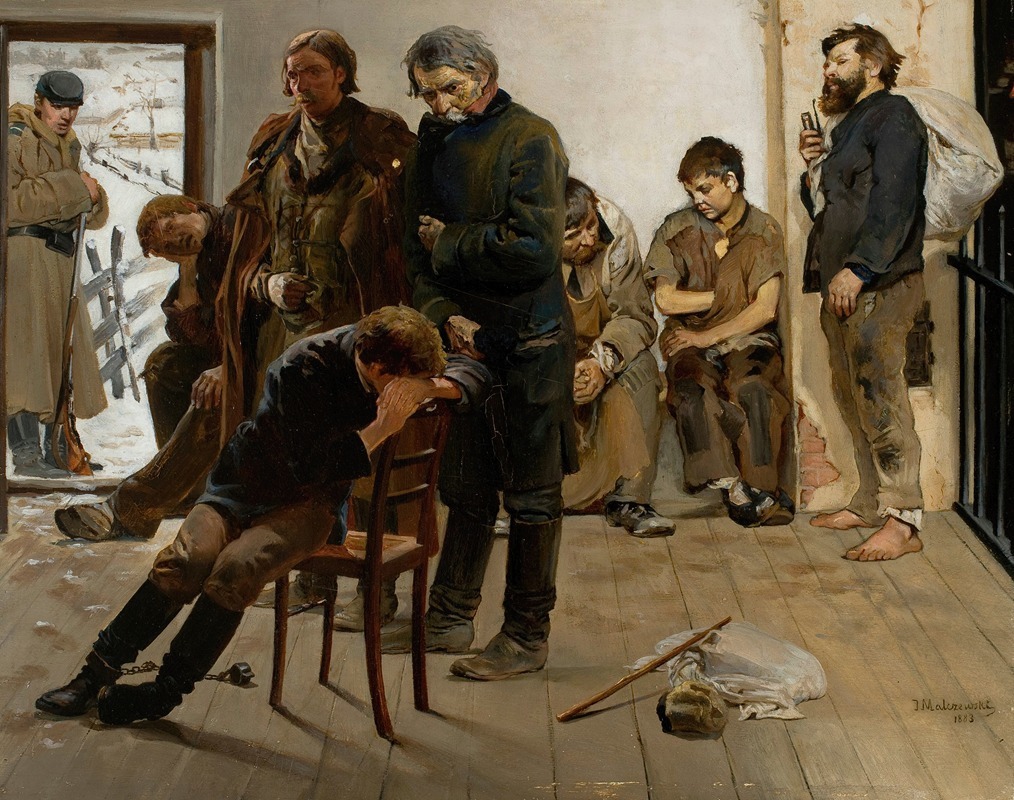
On the way to exile
A hand-painted replica of Jacek Malczewski’s masterpiece On the way to exile, meticulously crafted by professional artists to capture the true essence of the original. Each piece is created with museum-quality canvas and rare mineral pigments, carefully painted by experienced artists with delicate brushstrokes and rich, layered colors to perfectly recreate the texture of the original artwork. Unlike machine-printed reproductions, this hand-painted version brings the painting to life, infused with the artist’s emotions and skill in every stroke. Whether for personal collection or home decoration, it instantly elevates the artistic atmosphere of any space.
Jacek Malczewski, a prominent Polish painter associated with the Symbolist movement, created the painting "On the Way to Exile" (Polish: "Na zesłanie") in 1891. This work is one of Malczewski's significant contributions to Polish art, reflecting the historical and cultural context of Poland during the late 19th century.
"On the Way to Exile" is a poignant representation of the struggles faced by the Polish people during a period of political repression and national upheaval. The painting depicts a group of individuals being led away, presumably to exile, a fate that befell many Poles during the partitions of Poland and subsequent uprisings against occupying powers. The theme of exile was a recurring subject in Malczewski's work, as it resonated deeply with the Polish national experience and the artist's personal history.
The composition of the painting is carefully constructed to evoke a sense of sorrow and inevitability. Malczewski employs a muted color palette, dominated by earthy tones and somber hues, to convey the bleakness of the situation. The figures in the painting are rendered with a sense of realism, yet there is a symbolic quality to their portrayal, which is characteristic of Malczewski's style. The expressions and postures of the individuals suggest resignation and despair, capturing the emotional weight of their impending journey.
Malczewski's work often incorporated elements of Polish folklore, history, and mythology, and "On the Way to Exile" is no exception. The painting can be interpreted as a broader commentary on the resilience and enduring spirit of the Polish nation in the face of adversity. By focusing on the theme of exile, Malczewski highlights the personal and collective sacrifices made by Poles in their struggle for independence and self-determination.
The historical context of the painting is crucial to understanding its significance. During the 19th century, Poland was partitioned by the Russian Empire, the Kingdom of Prussia, and the Habsburg Monarchy, leading to the erasure of Poland as a sovereign state from the map of Europe. The Polish people faced severe cultural and political repression, and many were forced into exile or deported to Siberia and other remote regions as punishment for their resistance efforts. Malczewski's painting serves as a testament to this turbulent period in Polish history and the enduring hope for national revival.
Jacek Malczewski himself was deeply influenced by the political climate of his time. Born in 1854 in Radom, Poland, he grew up during the period of partitions and was exposed to the patriotic fervor that characterized Polish society. His education at the Kraków Academy of Fine Arts and subsequent travels across Europe enriched his artistic vision, allowing him to blend traditional Polish themes with contemporary Symbolist techniques.
"On the Way to Exile" is housed in the National Museum in Kraków, Poland, where it remains an important part of the country's cultural heritage. The painting continues to be studied and appreciated for its artistic merit and its poignant reflection on a critical chapter in Polish history. Through this work, Malczewski not only captured the essence of a nation's struggle but also contributed to the broader narrative of art as a means of political and cultural expression.





